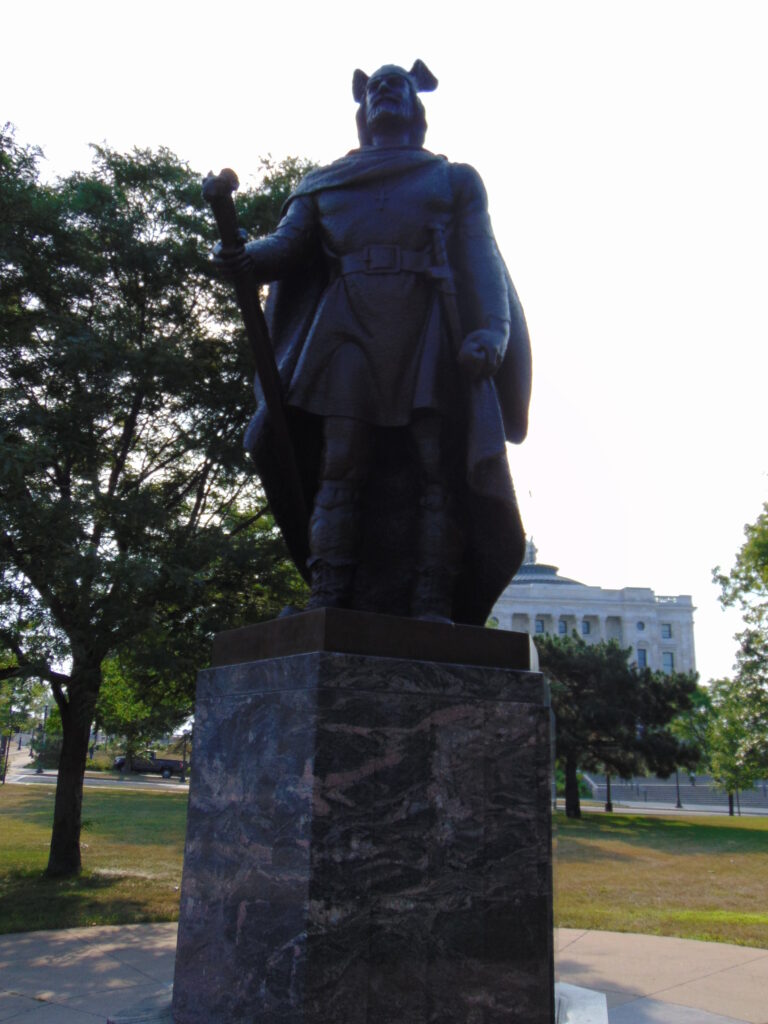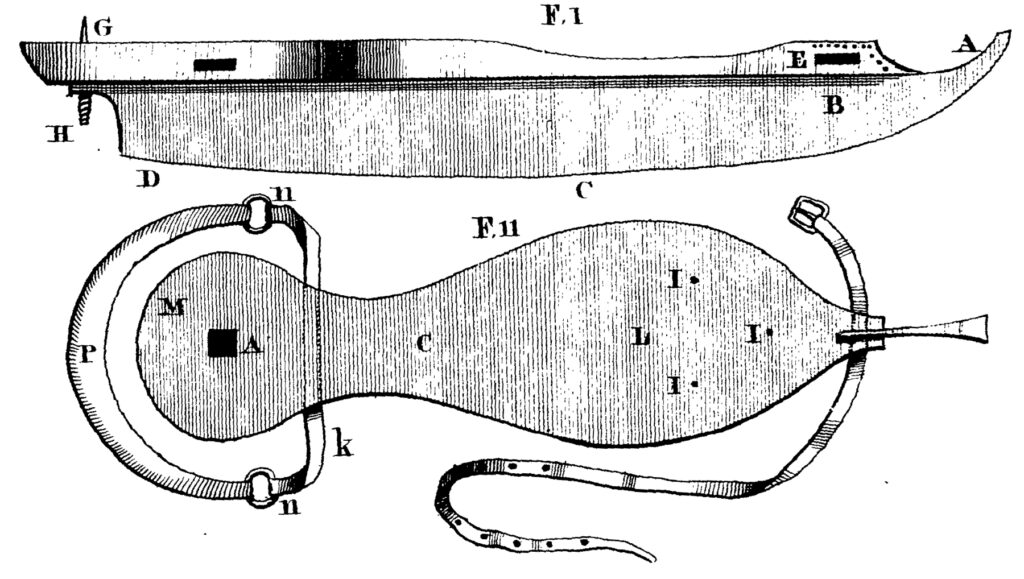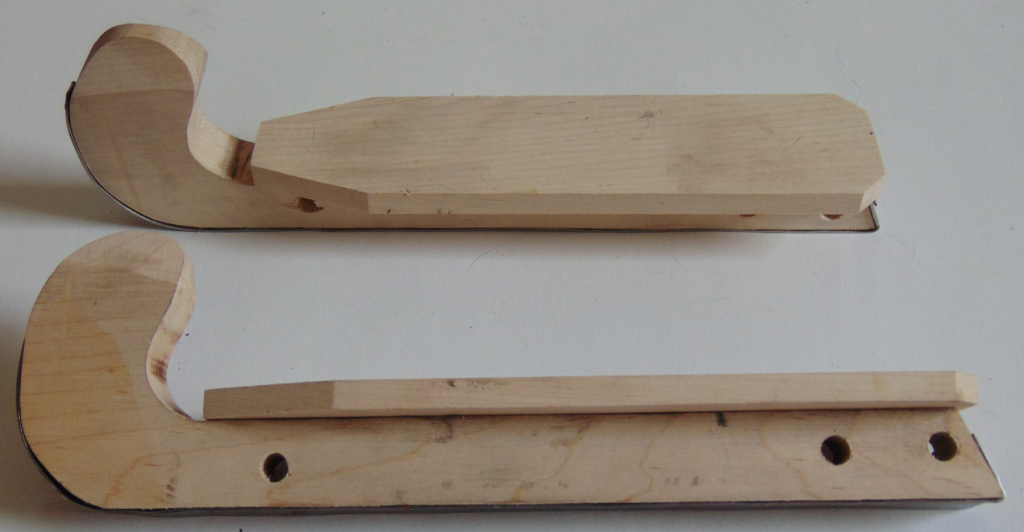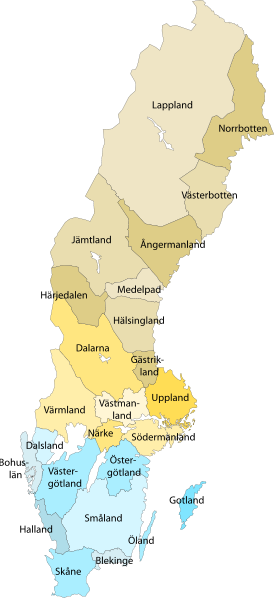Arthur MacGregor is one of the heroes of bone skates studies. He proved that bone skates really were skates in 1975 by making a couple of pairs and skating on them. The next year, he published a really great review article. His dissertation Skeletal Materials presented the bigger picture. And then his book Bone, Antler, Ivory and Horn put bone skates in the general context of bone tools. After that, he did a lot of work with the York Archaeological trust, including on bone skates, resulting in contributions to various volumes of The Archaeology of York.
His work on bone skates was so amazing because he was able to connect archaeology and ethnology. In 1991, he wrote
The fact that archaeology and ethnology had useful things to say to each other became obvious from the beginning of my interest in animal bones. Having gathered references to archaeological works which “proved” scientifically that certain polished bones from the early medieval period were used in leather working, I was fortunate to discover a more extensive and persuasive ethnological literature which showed the same objects to be ice-skates, in regular use in certain communities up to the present century.
MacGregor 1991, 29
He went on to become curator of the Ashmolean Museum in Oxford and essentially found the field of museology. After a stint as the director of the Society of Antiquaries, he became president of the Society for the History of Natural History. That ended in 2018, and I suspect he retired. His more recent books include Curiosity and Enlightenment (2007), Animal Encounters (2012), and Company Curiosities (2019).
References
Arthur MacGregor. 1975. “Problems in the Interpretation of Microscopic Wear Patterns: The Evidence from Bone Skates.” Journal of Archaeological Science 2: 385–390.
Arthur MacGregor. 1976. “Bone Skates: A Review of the Evidence.” Archaeological Journal 133: 57–74.
Arthur MacGregor. 1980. “Skeletal Materials: Their Structure, Technology and Utilisation c. A.D. 400–1200.” PhD diss., Durham University.
Arthur MacGregor. 1985. Bone, Antler, Ivory and Horn: The Technology of Skeletal Materials since the Roman Period. London: Croom Helm.
Arthur MacGregor. 1991. “Bone, Antler and Horn: An Archaeological Perspective.” Journal of Museum Ethnography 2: 29–38.















